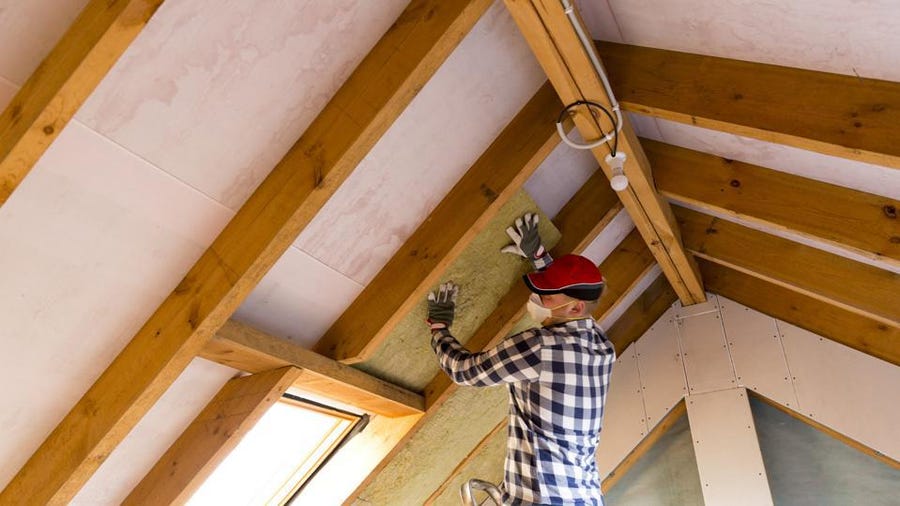When you think of hazards that might cause damage to your roof, the first things that typically spring to mind are likely to be external elements such as hail and strong winds. However, a lack of attic insulation may pose one of the most serious dangers to the structural integrity of your roof from within.
Although attic insulation is meant to keep your house comfortable, it also has the additional benefit of reducing heat transmission via the roof. Continue reading to discover more about the link between attic insulation and the roof of your home or business.
How Does Insulation Protect My Roof?
Asphalt shingles are strong and durable, but they are not perfect, and they come with their own set of limitations. It is estimated that every time heat passes through them, it produces a little damage, which weakens the shingles and accelerates their degeneration. The purpose of any type of attic insulation is to prevent heat from escaping your home via your roof, hence reducing the stress placed on your shingles and resulting in longer roof life.
If you reside in a region where winter brings freezing temps and even a small amount of snow, the benefits of roof insulation (called ฉนวนกันความร้อนบนหลังคา in Thai) are magnified even more dramatically. The heat from within your home may escape through the roof and cause the snow to melt if your attic is not properly insulated.
Ice dams are formed when water collects along the edge of a roof and refreezes, generating ice sheets along the edge of the roof. This ice eats its way through the shingles, causing them to come loose from the roof surface. Consequently, you may find yourself with missing or loose tiles come springtime.
Is My Attic Lacking Proper Insulation?
Two primary issues might arise when it comes to attic insulation: either you don’t have enough insulation or the insulation you do have isn’t performing properly. There’s a straightforward technique to determine whether there is enough insulation.
Examine the insulation in your attic. If it extends over the joists, you most likely have sufficient insulation. If the level of the insulation is lower, you do not have sufficient insulation.
The following are a few indications that your insulation has been compromised and is no longer performing as it should be.
- In some spots, the insulation has been compressed and forced into place.
- Insulation has a wet feel to it, and in some spots, you can see moisture beading up.
- Insulation has become discoloured and mouldy.

